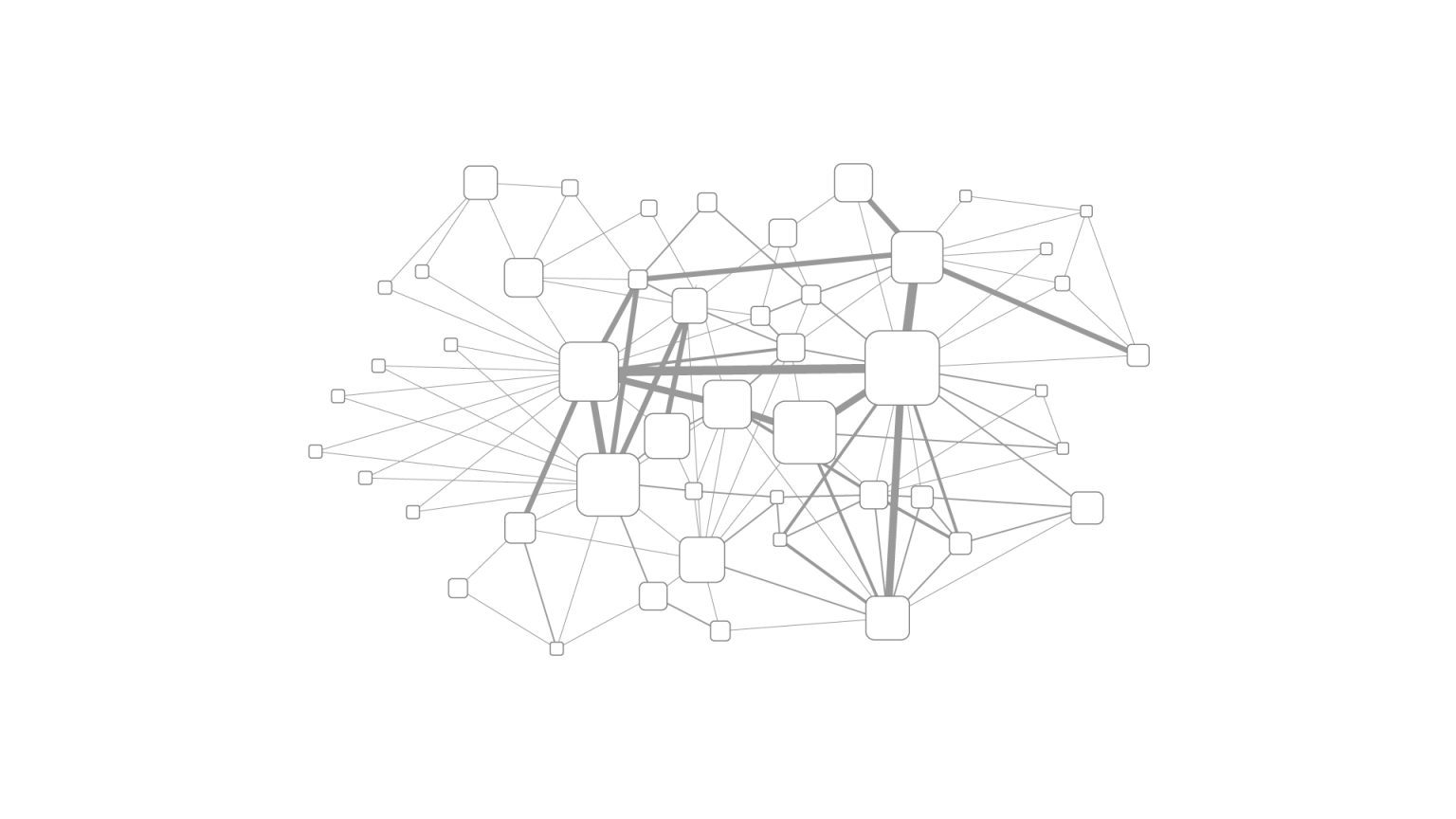Over the last years, the way we search for information on the internet has completely changed. The Semantic Web seeks to provide the web with the intelligence, understanding how data is related, contextualizing information and getting the search results meaningful within this overwhelming mass of data.

Memory problems
The Internet has now reached gargantuan proportions, considering that the Indexed Web contains at least 4.73 billion pages (http://www.worldwidewebsize.com). Every site has its own logic, links and terminology. Given this context, even the easiest search can be a source of confusion and become utterly frustrating. People think in terms of documents where data makes sense within a given context whereas computers “think” in terms of data, which is essentially digital. The result is that no one understands each other and the Internet’s memory remains largely inaccessible.
Information versus knowledge
Nowadays, most of the content available on the web is designed to be read by humans not machines. Although the latter are able to analyse formatted web pages and carry out routine processing, they are currently not able to process semantics. Most search engines don’t understand anything about the requests they receive and they don’t understand the results they return. Typing a few phrases into a search engine like Google shows that engines do not work with semantics. They work primarily thanks to statistical tools. Boolean keyword searches return endless pages using quantitative criteria. There are no searches on nominal groups and no suggestions for similar keywords. The result is that everything takes time.
The intelligent web
With the rise of semantic search, the entire web is considered as a database. It improves users’ on-line experience and reduces their frustration when facing information chaos. The main step in building semantic search consists in structuring and qualifying data thanks to meta-data, annotations, etc. in order to create semantic fields and building logical links between all of the data, connecting them and tying them together to make them intelligent.
In this type of environment, machines are able to understand the data displayed and to create links between each data and information item to give them meaning and to provide users with relevant answers. Every information item sets off another one in a logical sequence. Search engines will be able to respond to precise queries such as “I’m looking for a hotel in New York for under $70 a night with facilities for young children and which allows dogs”. The search will use only the meaning of the query to provide the user with rich, contextualised and highly qualified information.
Semantic search is a revolution that will enable machines to develop links and become truly intelligent. The more we can query different information flows, the more we will be able to uncover new trends.
The promise of semantic search
Semantic technologies provide effectiveness in resources, time and cost savings:
Semantic search extends in-depth analysis capacity. Used in business, this type of approach provides a radical improvement in brand perception analysis and enables greater exploration to uncover more explicit and relevant trends.
Conclusions
As companies increasingly organise their data and information semantically, the gap between semantic and non-semantic databases will grow. Once content has become quickly and easily accessible, everyone will be able to provide more precise and relevant information, for a better user experience.











